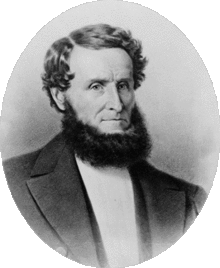Should a Country have Reservations,
the European wiped out the Aztec,
the Incan and the Catholic lead the War to destroy those Civilizations.
As Europe has a scheduled factor on World War II what is the Continent on the Clue,
is it that New World said to be Shipping News to count the State's as being's for that Flag,
is the destruction of Wells Fargo the Institution that is a Compass,
the magnet the public rebuke??
Retail on the Bank is PetsMart on my style of Exclaim,
as should a Corporation have over 280,000 thousand associates the fax is as Show,
evident to loss prevention and internal investigation,
should a PetsMart associate be at the Register and pasture a free zone to an Employee discount,
at the price of being angry for the hourly wage and therefore their rationalization to that chose,
does the Store Director do their Job,
does that bring the U.S.A. to make a run on the store to empty the shelves??
How does the Wall Street Fair to such crowded 1920 roar,
as that is the experience of history on repeat??
Now as that is in addition to the math on simple division of the 5300 Employee's on Fired,
does the department of Public Works court the Media for such standard and Sleeved,
is the fact that Morgan Stanley and other big thermal's in New York pick a brick to Nasdaq as a Cone??,
is the cream a simple chord of lyrics to write the big chill??
Now that Hong Kong is off the Trading is the Scene the U.S. on the Ticket,
as Japan and China are at the Front yet today the United States has hind titty to be more than a chimney,
to what is the said to that product of National Media and Tammy Faye and Jim Bakker on 'Morning Joe'??
To be a watcher on this strange and lurid stacked library of Humpty Dumpty,
what is the riddle of a cent tense that makes the meant more than an IM,
is it the twitter app. that downloads to gossip the character speak on-line??










